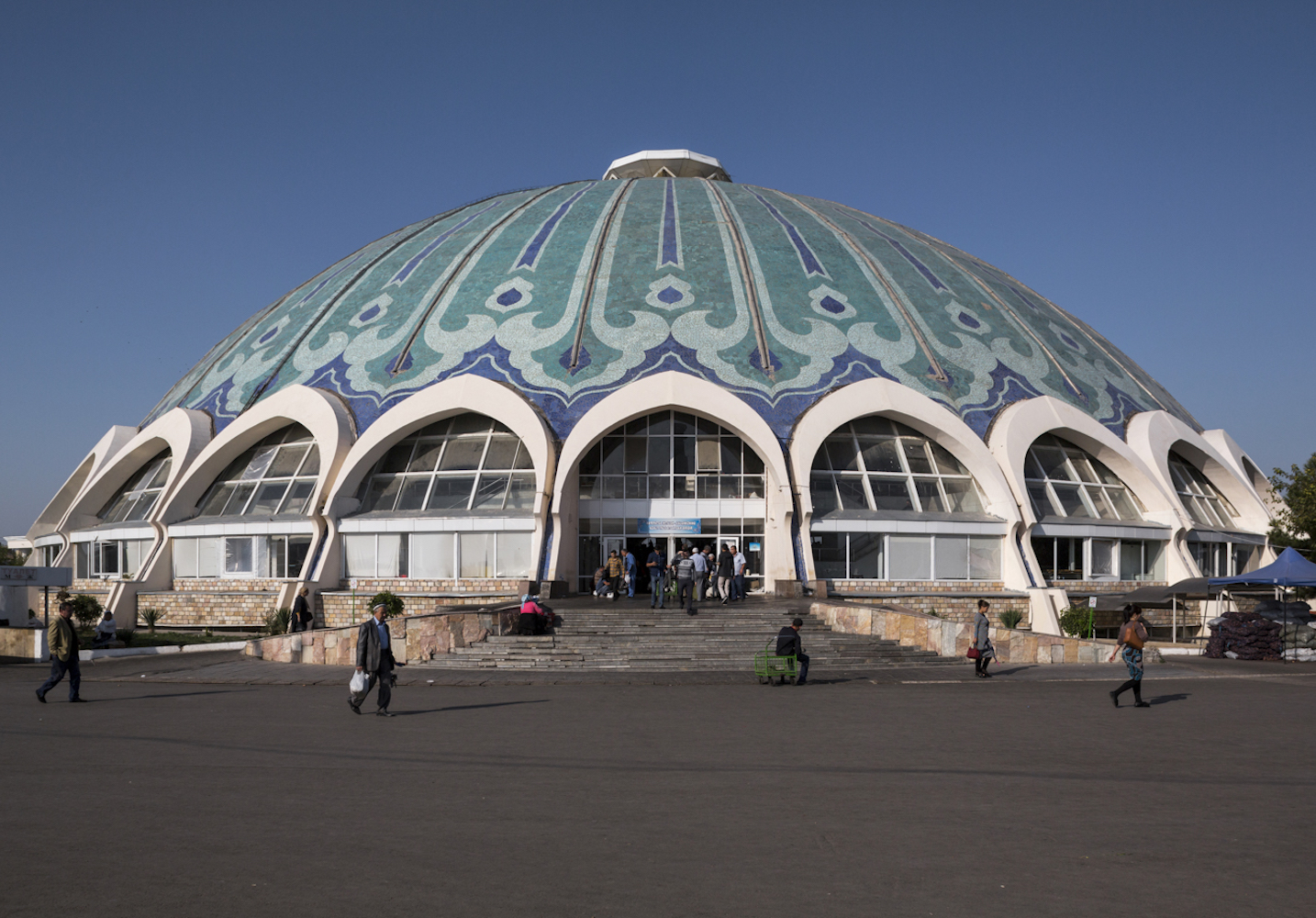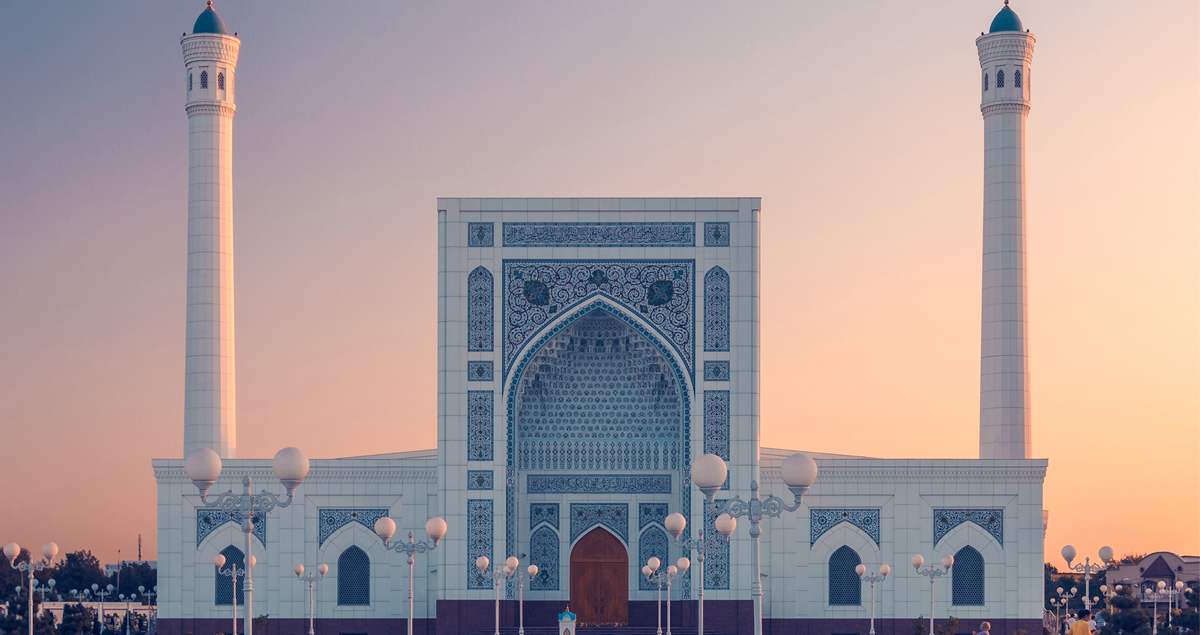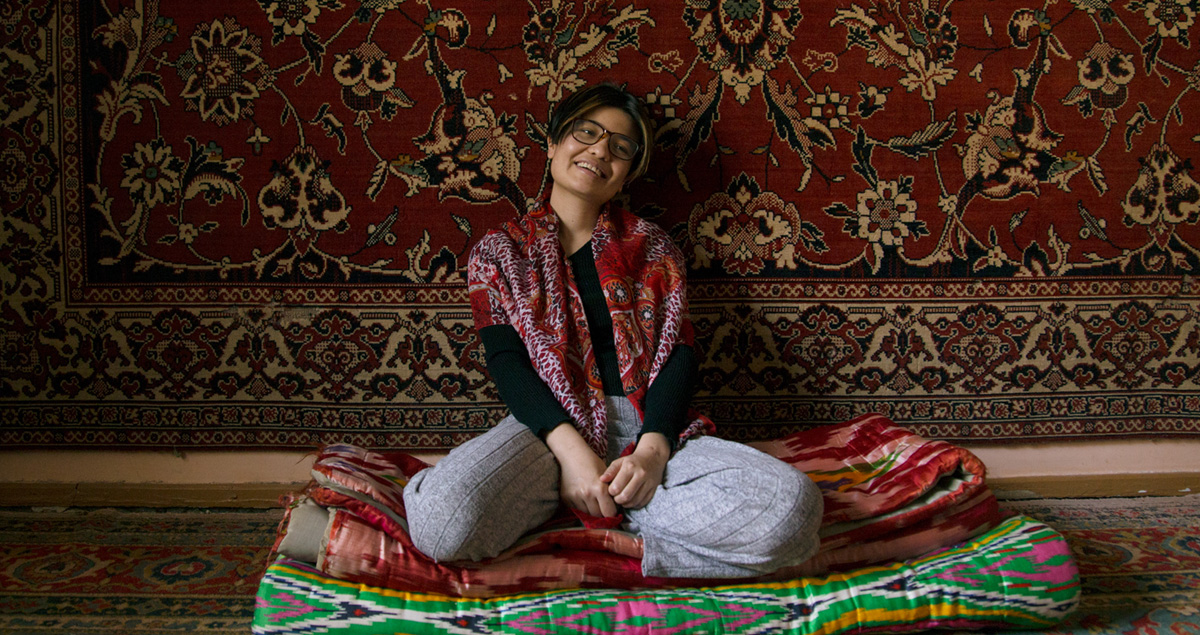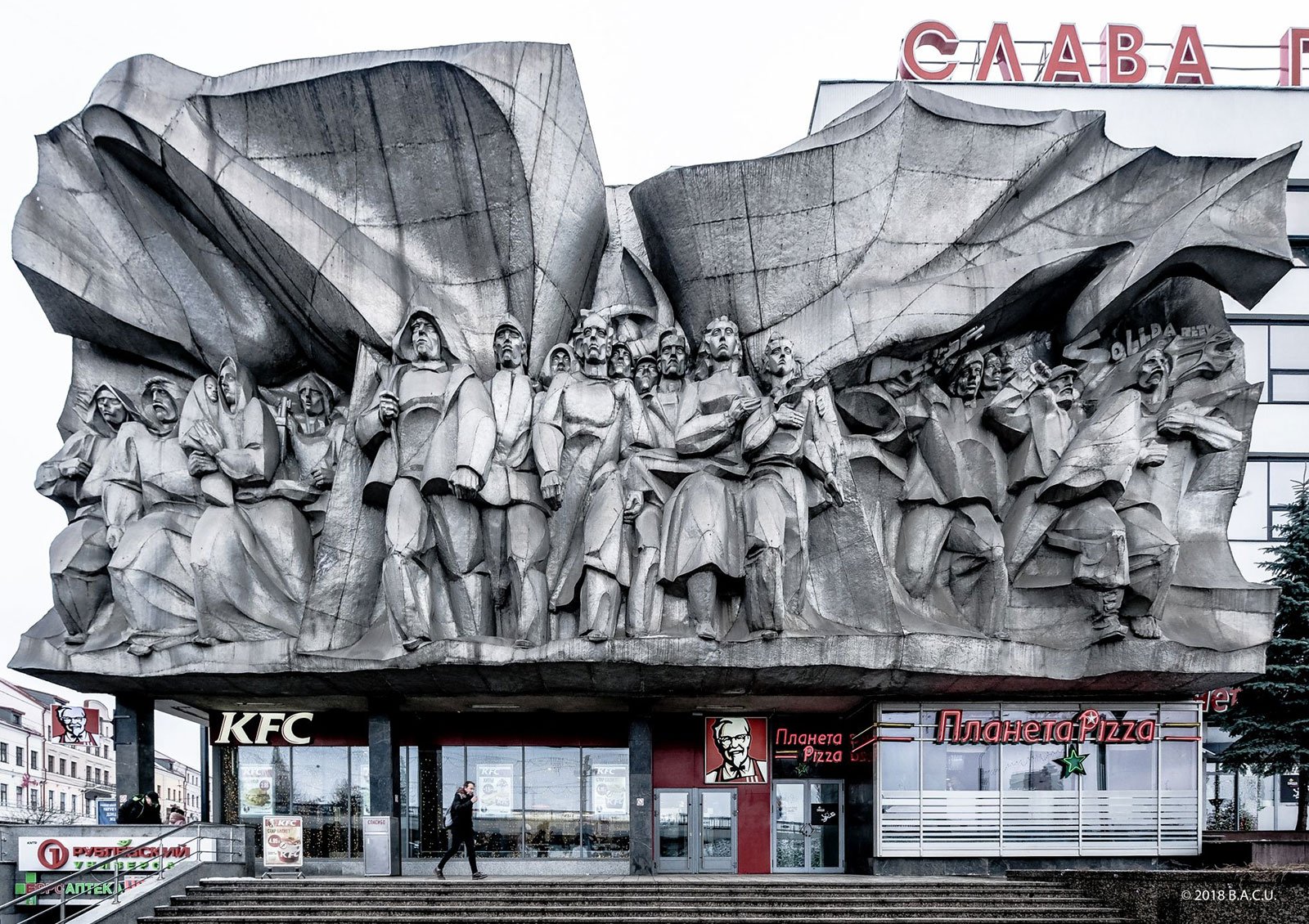Tashkent’s Chorsu Bazaar blends Islamic architecture with 20th-century modernism | Concrete Ideas

Crowned by a giant green dome, Chorsu Bazaar is the largest farmers’ market in the Uzbek capital. With its heavy concrete structure, the base embodies the starkness of socialist modernism, but the mesmerising turquoise tiling on the building’s soaring ceiling typifies a more Islamic influence: embodying the mix of monolithic modernist shapes and ornamental local styles that came to define architecture in Soviet Central Asia.
Beyond its main dome, Chorsu Bazaar is surrounded by an ecosystem of stalls selling fruits, meat, souvenirs, and street food to feed avid market-goers and delight visitors.
While the current building dates back to the 1970s, a bazaar has been found on this site since medieval times. The name “chorsu” itself comes from Persian, and means “crossroads”, or “four streams”. The area’s long history can be seen in the walls of the 16th-century Kukeldash Madrasah, which now sits on the edge of the market site. Some of the bazaar’s original buildings date back even further, but they crumbled during the 1966 Tashkent earthquake. The Soviet structure was designed to emulate these earlier structures, and contains three floors, with food stalls arranged in labyrinthine concentric circles.


